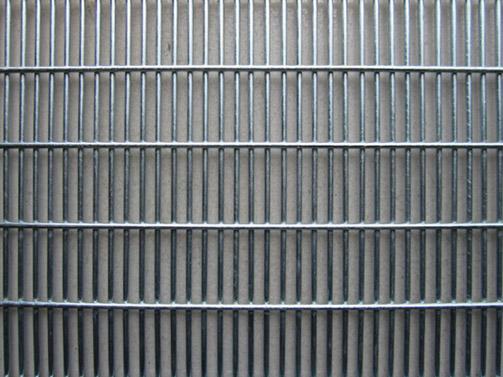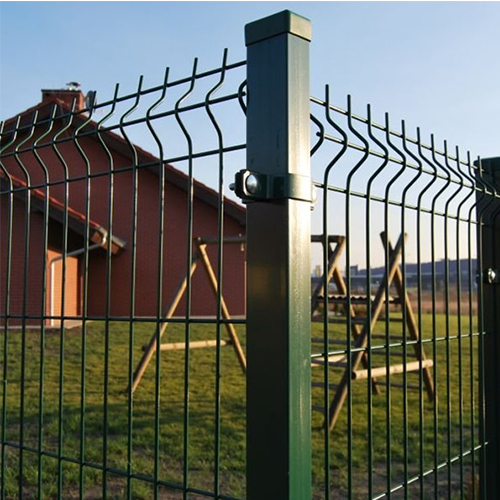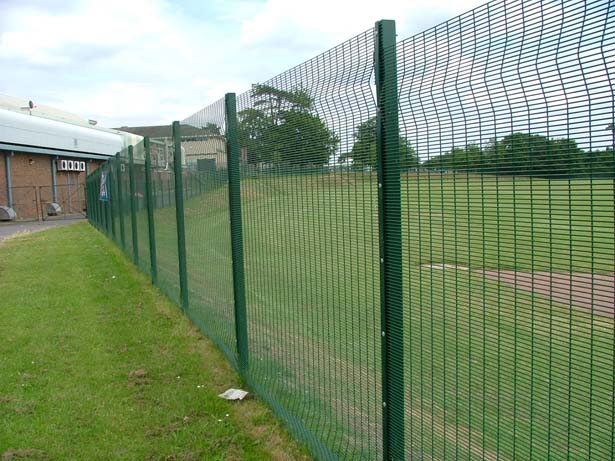
1. Galvanized
Zinc plating refers to a surface treatment technology that coats a layer of zinc on the surface of metals, alloys or other materials for aesthetics and rust prevention. The main method used is hot-dip galvanizing.
Zinc is soluble in acid and alkali, so it is called amphoteric metal. Zinc hardly changes in dry air. In humid air, a dense basic zinc carbonate film will be formed on the zinc surface. In an atmosphere containing sulfur dioxide, hydrogen sulfide, and oceanic atmospheres, zinc has poor corrosion resistance, especially in an atmosphere containing organic acids at high temperature and high humidity, the zinc coating is easily corroded. The standard electrode potential of zinc is -0.76V. For the steel substrate, the zinc coating is an anodic coating. It is mainly used to prevent the corrosion of steel. The quality of its protective performance is closely related to the thickness of the coating. After the zinc coating is passivated, dyed, or coated with a light protectant, its protective and decorative properties can be significantly improved.

2. PVC
The alias of dipping plastic is also called plastic coating, hot dipping, and hot coating. Dipping (plastic coating) is a plastic coating process. According to the different raw materials used for dipping, it can be divided into liquid dipping (coating) and powder dipping (coating). Dipping products have been widely used in all aspects of production and life at home and abroad, such as hangers for drying clothes, pliers, rubber sleeves on scissors, wrenches for water valves, and so on.

3.Powder Spray
Plastic spraying is a surface treatment method for spraying plastic powder on parts. Plastic spraying is also the electrostatic powder spray coating we often talk about. Its treatment process is a common metal surface treatment decoration technology used in the world since the 1980s. Compared with ordinary spray paint surface treatment, the advantages of this technol.


